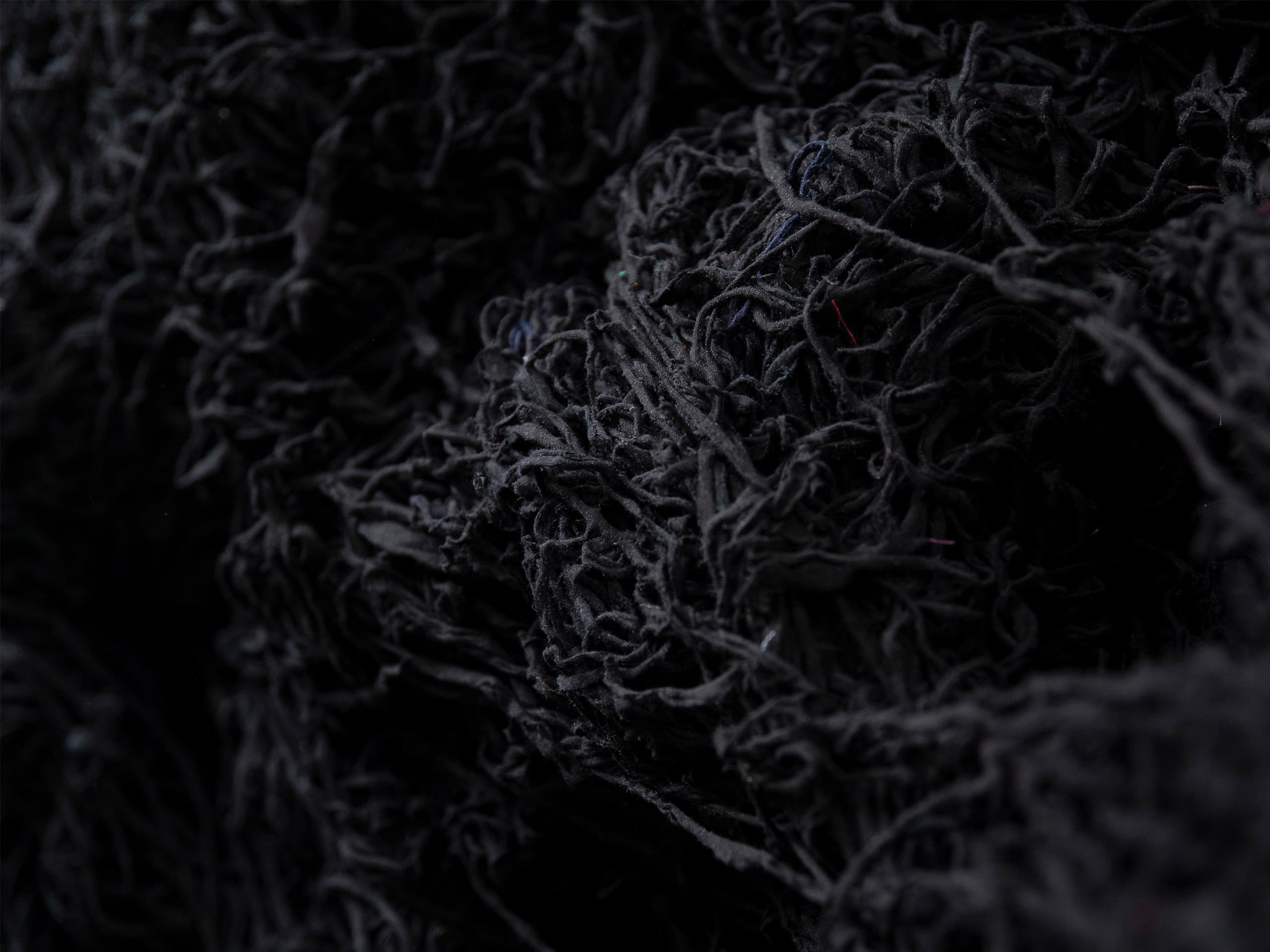
Garments of Recycled Fibers
THE PROBLEM
Cotton is one of the world’s most used textile fibers. The global fashion industry consumes approximately 27.3 billion kilograms of cotton annually, from which 15% remains unused, mainly by cutting waste. That amounts to 4.1 billion kilograms of usable cotton, equivalent to 109,750 lorryloads of good, functional material. This is the primary reason we use the textile industry cotton cutting waste as our raw material.
Another important reason for choosing cotton is the enormous environmental impact of farming it. The amount of water required to grow a kilogram of cotton varies, but it can range from 9,000 to 21,000 liters, depending on the location. It is often grown in areas where there is not enough rainfall for it to grow, which makes irrigation necessary. It also takes about 0.5 ha of agricultural land to grow 1000 kg of cotton — an area suitable for more critical use as growing food, for example.
All cultivated cotton has the same footprint, including organic cotton; none of them are eco-friendly choices compared to recycled cotton.
The fashion industry is one of the most polluting industries in the world. It is an industry stuck in the Stone Age; however, endless renewal opportunities exist.
OUR SOLUTION
We use 100% recycled fibers, including a blend of cotton off-cuts from sewing factories or occasionally discarded clothes and polyester from recycled PET bottles. Over time, we have fine-tuned the ratio of these materials to be 60 % mechanically recycled pre-consumer cotton and 40 % chemically recycled post-consumer polyester.
Even though we mainly work with one material composition, we have made sure the fiber is of such high quality that it is possible to turn it into different kinds of textiles fit for various purposes.
These recycled materials reduce our water and carbon footprint, resulting in 50% less carbon dioxide emissions and 99% less water usage than similar garments made from virgin materials. In addition, the overall consumption of energy decreases by 50%.
PRODUCTION PROCESS
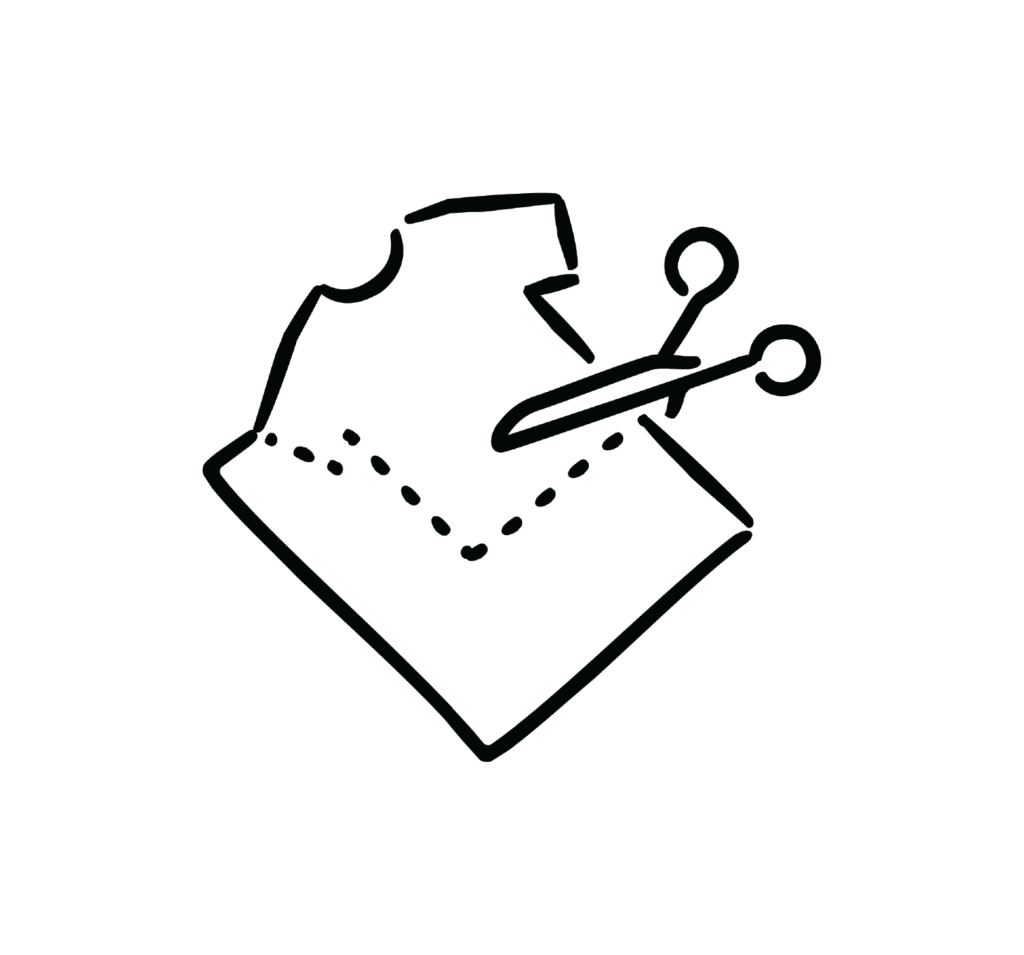
Collecting and sorting waste
Pure Waste products are made of 100% recycled raw materials. The primary raw material, cotton cutting waste, is collected from cut, make, and trim (CMT) factories and sorted by quality and color.
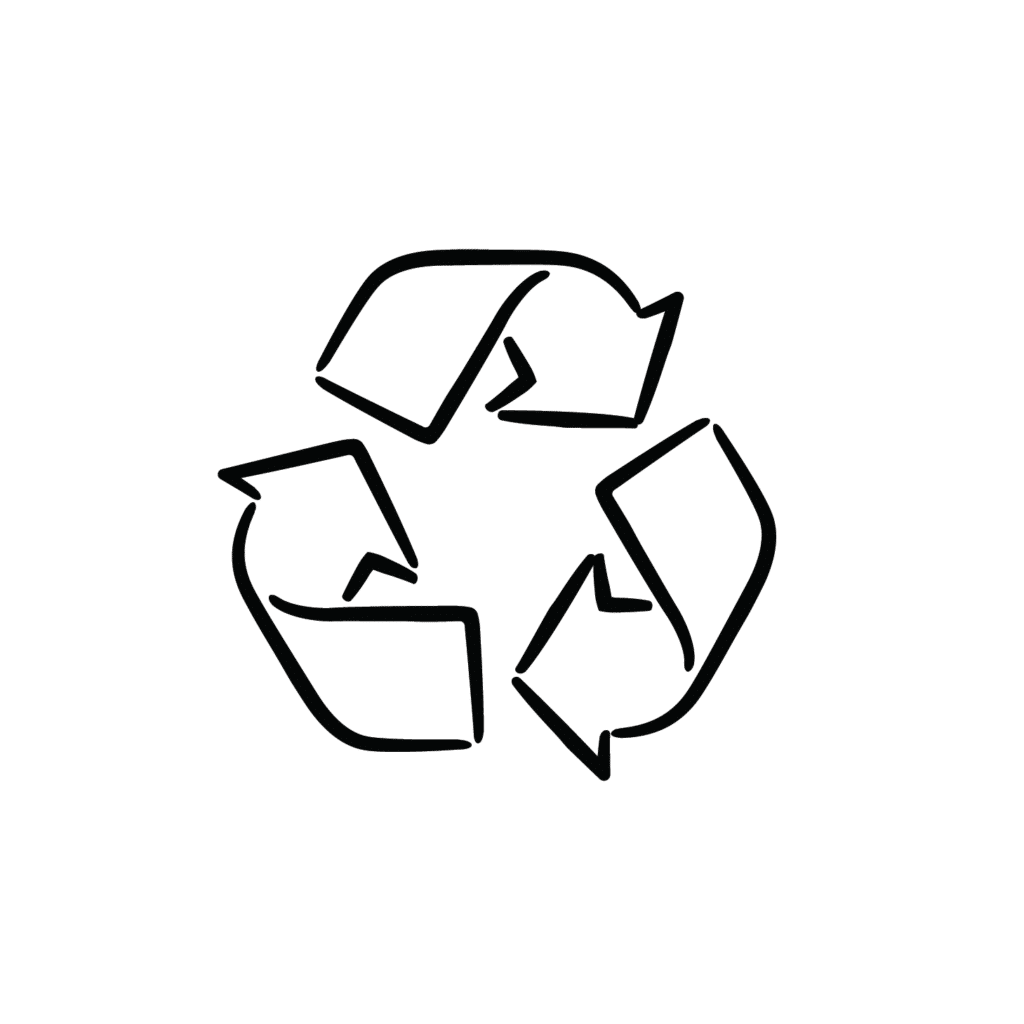
Recycling
Each quality and color batch is mechanically recycled into fibers. The color of the waste defines the color of the final product. The benefit of mechanical recycling is that the color of the raw material is retained throughout the process.

Knitting and weaving
The mechanically opened cotton waste is mixed with chemically recycled polyester fibers from PET bottles. After that, the yarns are knitted or woven depending on the final use of the fabric.
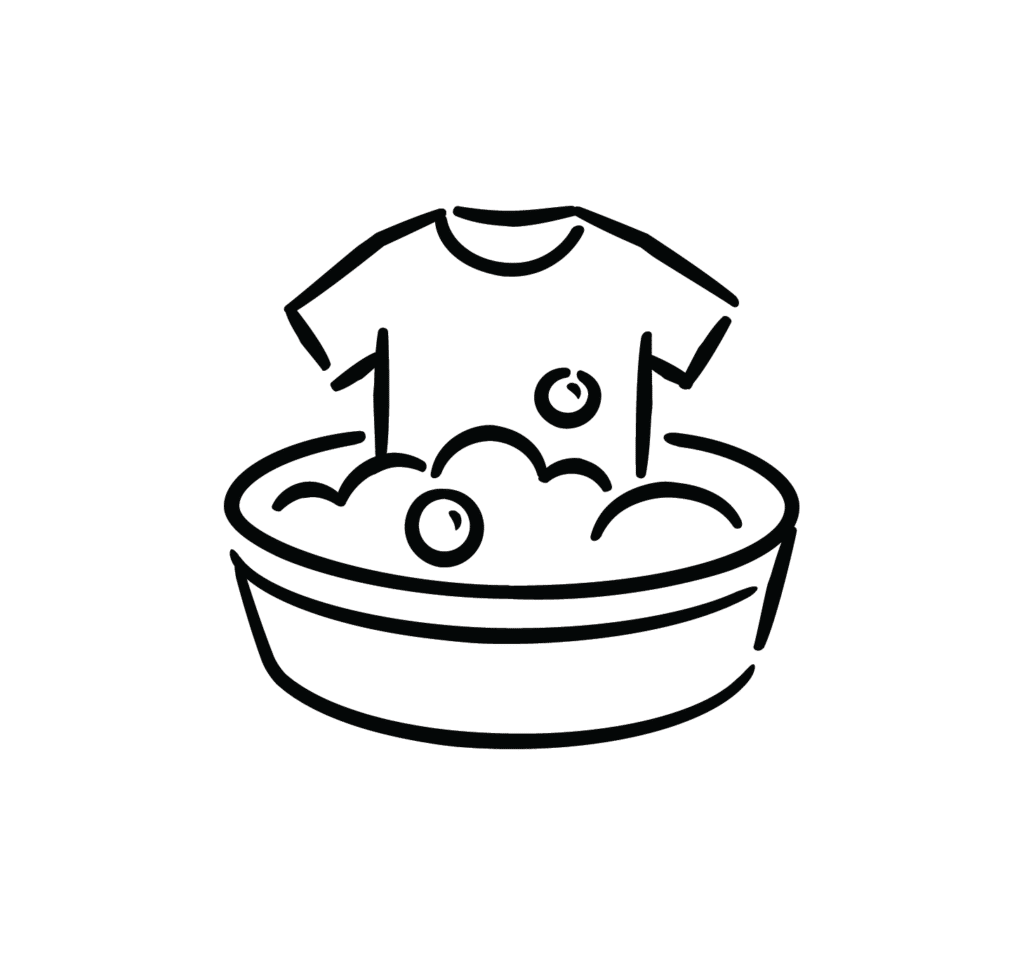
Finishing
Depending on the final use of the fabric, the finishing process can include different stages, such as compacting, brushing, and washing. The final fabric is always washed (5 liters of water per kilogram) with exclusively non-toxic enzymes.
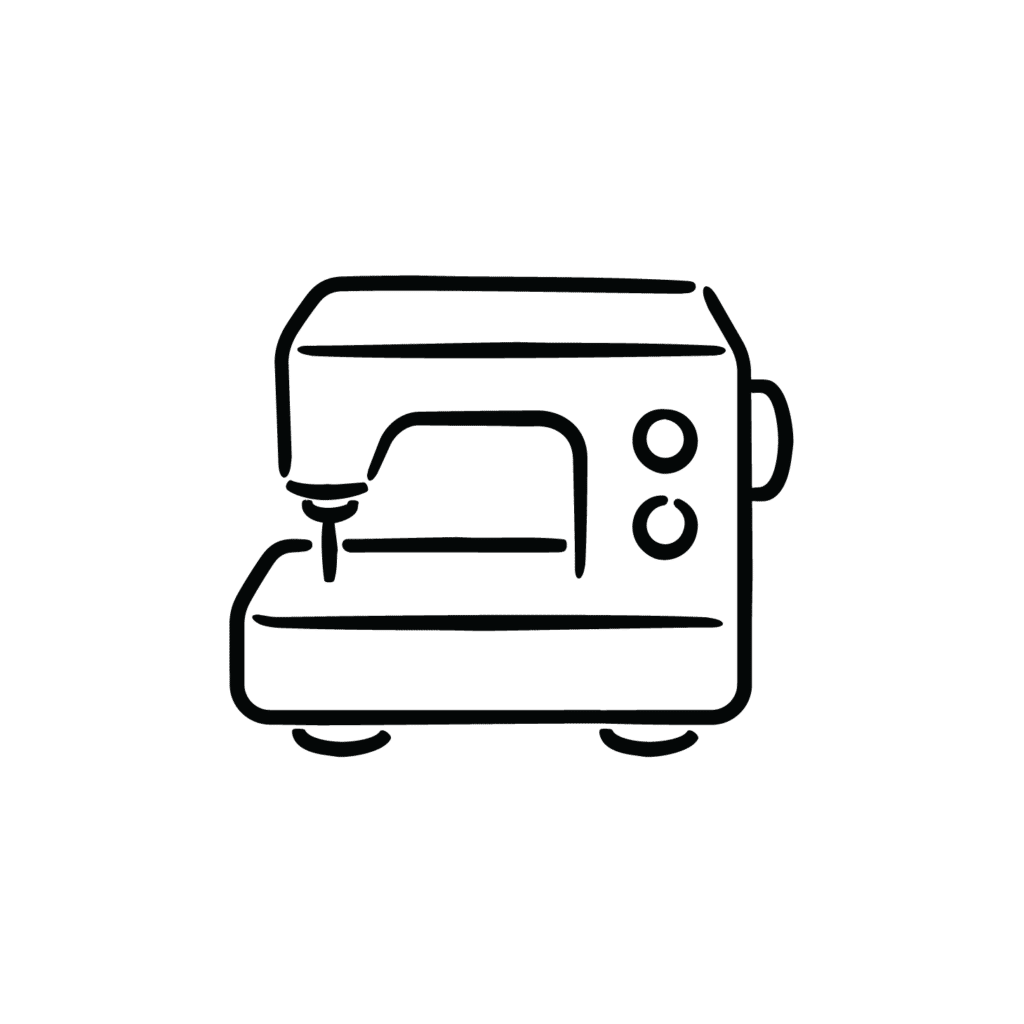
CMT
This process consists of cutting, making, and trimming the final product. We were involved in the development of the CMT factory from the start, allowing us to design and create a functional and safe working environment that aligns with our vision.
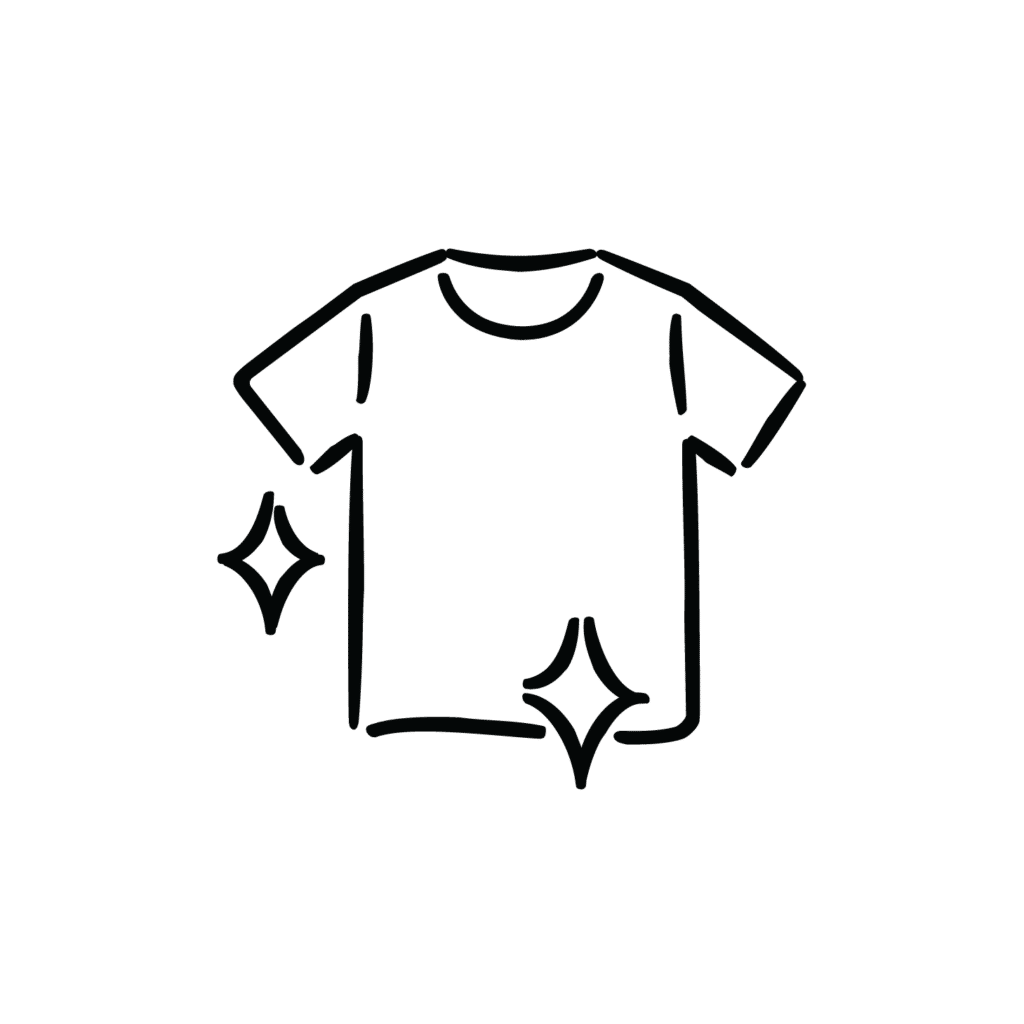
Final Product
Finally, we get sustainable and high-quality garments that use 99% less water and generate 50% fewer CO2 emissions in the production process than similar products made of virgin materials.